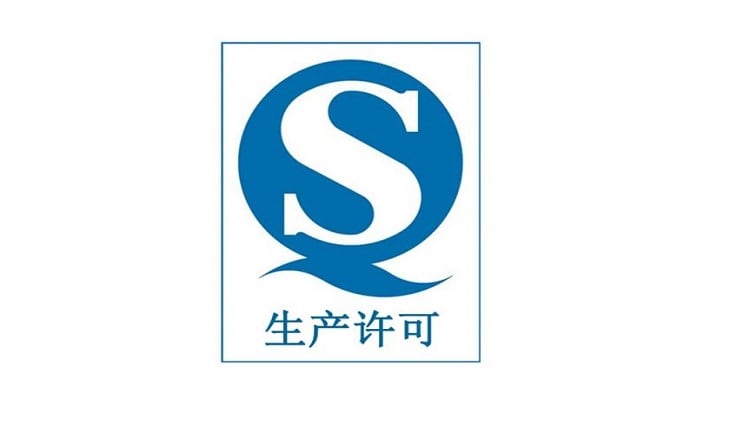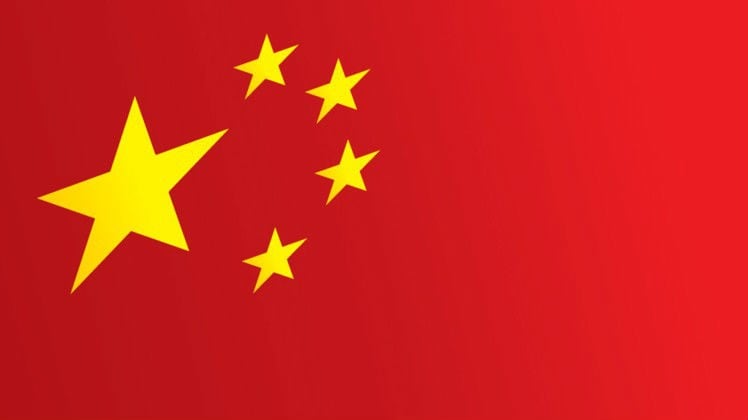Manufacturers can no longer use the “QS” logo, but to replace it with an identification code that comprises of the alphabets “SC” and 14 digits.
The new system is meant to improve product tracing mechanism.
Besides general food items such as oil, meat, dairy, beverages, and canned food, health food and foods for special medical purposes will also need to comply with the regulation.
“SC” is the abbreviation for “Sheng Chan” – which is the hanyu pinyin for manufacturing in Mandarin, while the 14 digits carry detailed information on the production site.
Specifically, the first three digits signify the food category of the product, the next two digits stand for province (autonomous regions, municipality), the 6th and 7th digits stand for city, 8th and 9th for district, 10th to 13th are the sequence code for production license serial code, and the last digit stands for the evaluation code.
For instance, a milk product with the identification code of SC10532011500380 can be interpreted as the following: 105 is the category code for milk, 32 stands for Jiangsu, 01 stands for Nanjing, 15 stands for Jiangning district.
This means that the product is manufactured in Jiangning district of Nanjing, Jiangsu province.
Products that bear the "QS" logo are still permitted for sale – so long as they are manufactured before Oct 1.
Part of the “Measures for the Administration of Food Production Licensing”, the new regulation was first introduced three years ago in Oct 2015 together with the new Food Safety Law.
A three-year transition period was granted for food and beverage manufacturers to adapt to the new regulations.
This means that manufacturers could no longer use the old quality and safety mark “QS” – an abbreviation for “Qiye Shipin Shengchan Xuke” (authorised manufacturing for enterprises) from Oct 1 this year.
A better tracing system?
The new system was seen as a better solution for product tracing, since detailed information on the production site could be retrieved directly from the identification code.
In addition to aforementioned changes, the validity of the food production license is also extended from three to five years.
Once confirmed, manufacturers are not allowed to change the “SC” identification code. When extending the validity of the food production license, manufacturers are also not allowed to change the license code.
Each enterprise would only require a food production license. If the manufacturer produces different food categories, he/she should apply food production license for all types of products produced.
Besides the 14 digits and name of the manufacturer, the product packaging would also bear a QR code.
For the consumers, they are able to retrieve information on the production supervising institute etc by scanning the code with a mobile phone.





